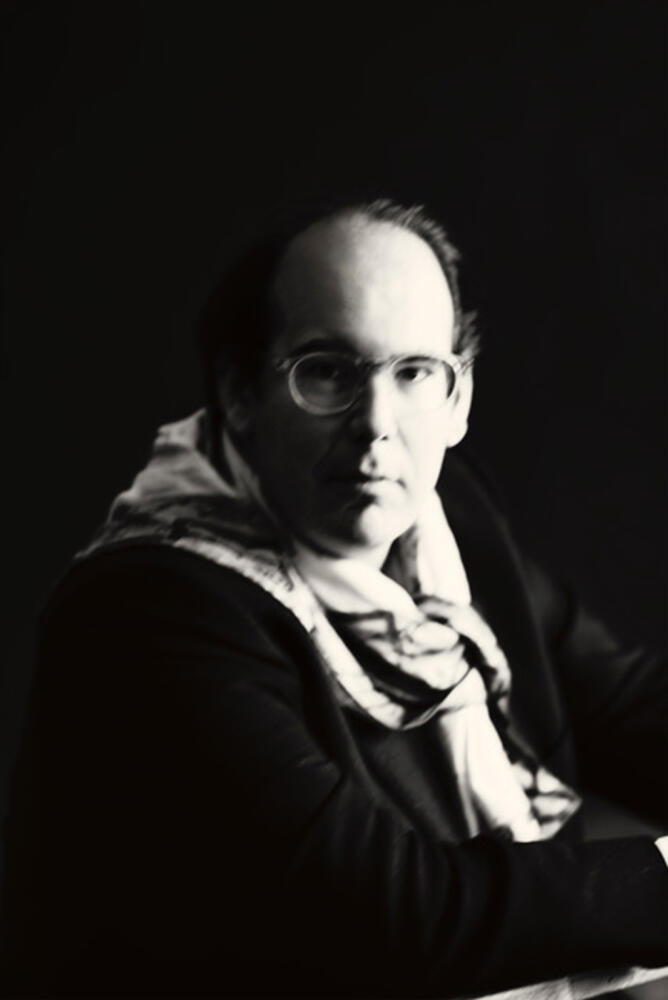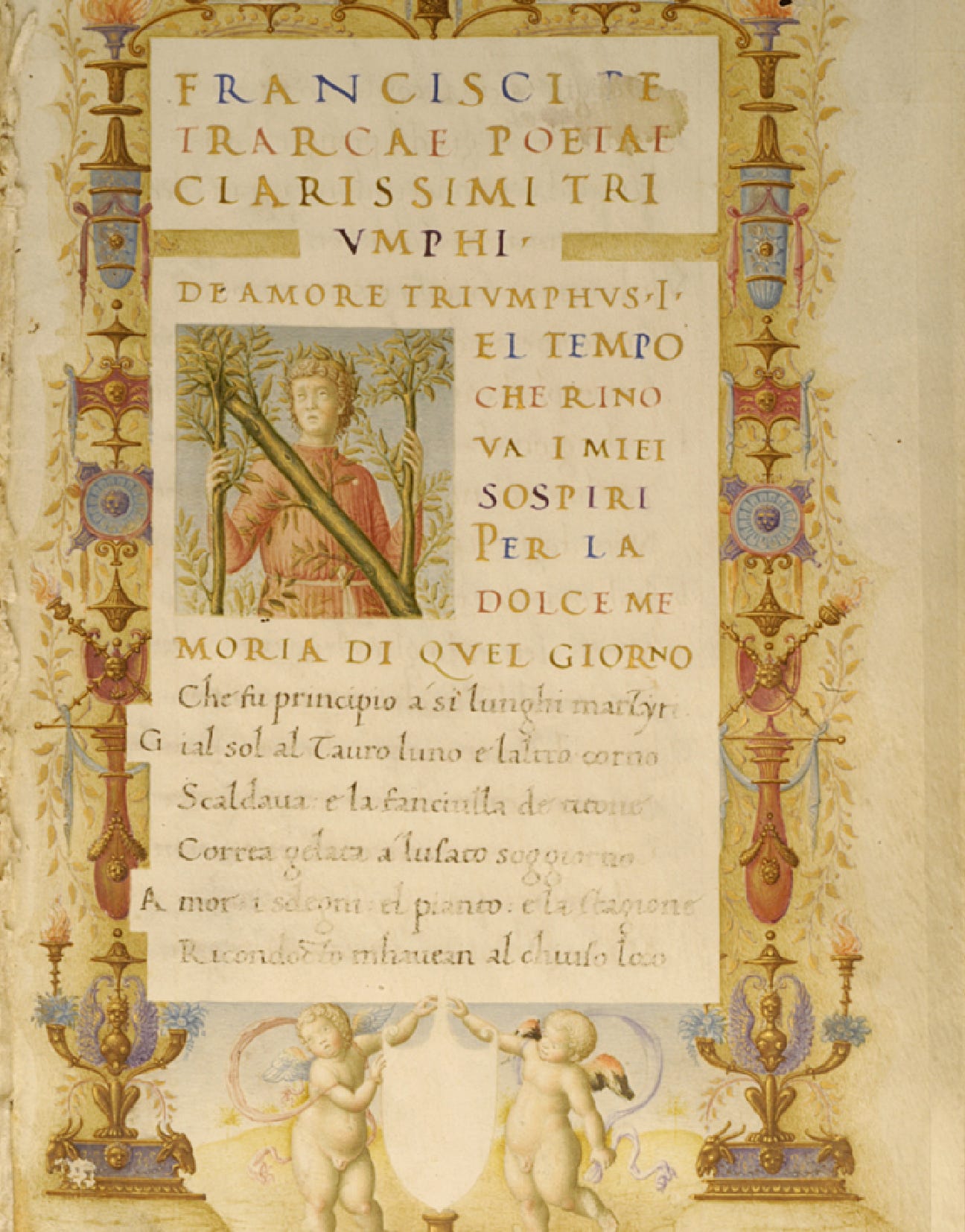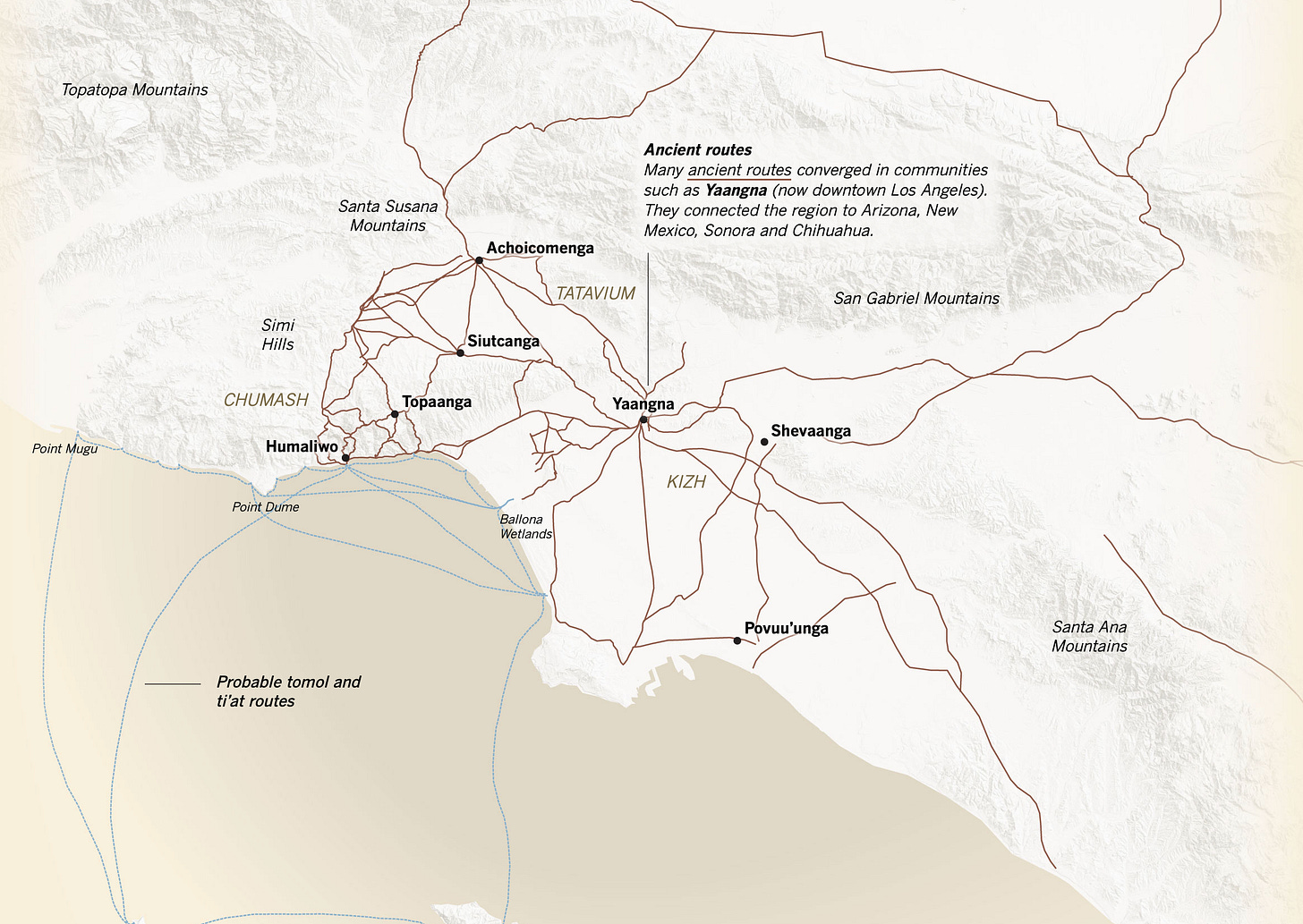It’s the first of October. The “OCT” handle on the calendar allows me to festoon my yard with selective Halloween bric-a-brac, and such are the duties of an aspiring ambience-maker. It ages you, to have all these specific boxes with craft holiday decorations that you pull out according to the dictates of the season, but we are all here to be aged.
Here’s a quick assemblage of some things I am enjoying this week. If the writing forecast holds, next week is a return for my eternally unpopular sports and leisure vertical, this time with a look at hot air ballooning (as always, no one asked for this).
//
We can start with a quote from Jean-Jacques Rousseau’s Emile (Emile was also a strong, but deeply unrealistic, name choice for one of my children). It appears Rousseau had thoughts about slacktivists:
Distrust those cosmopolitans who go to great length in their books to discover duties they do not deign to fulfill around them. A philosopher loves the Tartars so as to be spared having to love his neighbors.
But really I haven’t read anything other than a summary of Emile and the quote is coming to me from a Josh Tillman/Father John Misty interview on The Duncan Trussell Family Hour from 2012. It’s an older vintage of FJM, but it doesn’t disappoint with its casual references to Rousseau, Meister Eckahart and Slavoj Žižekz.
Trussell’s Adult Swim show, The Midnight Gospel, is also criminally underrated. The last episode of this single season show has a 9.7 out of 10 on IMDB. Potential-for-profound-emotions warning for those with children and/or any dead parents.
Jacques Marie Mage on Easy Rider, Dennis Hopper and New Mexico.
WSJ, which continues to be a menace in my life for occasionally serving its readership with correct observations about men’s style, now tries to come for my transition lenses.
I really enjoy this magazine, No Chaser. I picked up the most recent issue for their writing on Panama hats. I don’t have a reliable newsstand to pick this up when new issues come out, but I intend to find one so I can start getting periodicals like this from a real place.
Donatien Grau, an art historian and curator, is new to me. He helped mount a cross-disciplinary art show in 2018 (“Plato in LA”) that I vaguely remember (he’s also worked for The Louvre and the Musée d’Orsay), and has now written a book about Los Angeles in contemporary Latin: De Civitate Angelorum.

Donatien Grau. The guy can really wear a scarf. Also, I did not fail to resize this photo, this just seems to be the official resolution of his headshot, which I also like. This new title is borrowing from St. Augustine’s “The City of God.” Here, Grau can be seen reading his work on June 18th in New York. The New Yorker ran a small piece about Grau and his newest work a few weeks ago, and that piece gave me this savory bit of context as a jumping off point into his work:
“For Jean Paul Getty, the United States were the new Roman Empire, and the Pacific Palisades were the new Amalfi Coast,” [Grau] said. “The way the villa was received, in the seventies—it was very strongly criticized as being, you know, Miami. But a lot of scholars, they spoke to archeologists who said that it actually was a fairly accurate rendition of what a Roman villa would have been.” He mopped his brow. “So I thought, What if I do this silly thing and write a book on L.A. in Latin?”
This caught my attention as I’ve had some trouble finding other serious-minded writers who think about California and its coastline in a similar way. For all of rest of the context, I’m grateful to Patrick R. Crowley’s review of the underlying book and a Parisian reading event in The Los Angeles Review of Books. As Crowley writes:
Like many others before him, Grau covers familiar ground in the reverse grand tour of Europeans making the pilgrimage to California, and he experiences a mixture of wonder and disdain. He remarks on the familiar tropes of sunshine (“Sol Invictus” reigns supreme here), freeways (“liberae”), urban sprawl, Hollywood (“Ruscisilva”), and the cult of celebrity. (“California—the land of the Lotus-eaters,” my half-Italian, half-German advisor once quipped, referring to the mythological island where pleasure and luxury induce the inhabitants into a state of lassitude and amnesia in a temporal drift.) Naturally, Grau devotes considerable space to the Getty Villa (affectedly translated as the “Villa Dolabra,” since the surname “Getty” derives from a Scot dialect word meaning “pike”). Ominously, Grau predicts that the museum, a replica of the Villa dei Papiri at Herculaneum that was destroyed in the eruption of Mount Vesuvius in 79 CE, will meet a similar end in some future cataclysmic destruction. For his part, Grau seems to regard this “cladem futuram” as a kind of divine retribution for the childish belief among Angelenos that they are real angels who will live forever. Ironically, such a prophecy shares much in common with the structure of Hollywood disaster movies that Slavoj Žižek has interpreted as elaborate allegories of libidinal economy, rather than mere spectacularized destruction.
When I picture the Getty Villa experiencing cataclysmic destruction (like the original Amalfi in 1343, which was destroyed by an immense tidal wave), it’s hard for me not to think of present-day Portuguese Bend in Palos Verdes, which continues its slow slide into the ocean. I drove through this area last weekend and the snaking, rolling sections of highway, with its accompanying above-ground ribbons of makeshift utilities lines, filled me with a very specific sense of unease. It’s a an uncanny look into a future of unknown distance.

Back to Crowley, he concludes his review of Grau’s book by asking, “who is this for?”
But the very real risk is that writing in Neo-Latin can reinscribe and perpetuate a European fantasia of a “posthistorical” city that collapses past and present to make the past feel less distant and strange than it really is—and, often, should be. Who, then, is this book ultimately for? Modern-day Angelenos? A room full of elegant Parisians? Latin teachers and their pupils? Perhaps, as I suspect, the author himself.
It’s fair to want to poke holes in the European (and inseparably imperialistic) view that Los Angeles is somehow post-historical (many of our place names, and this map, would beg to differ).

Grau’s approach to this place might be rooted in myth, but it feels like this entire line of thinking might still be worth some additional time investment (some Gilles Deleuze and Marcel Proust are on deck, some serious reading prompted by Grau’s “silly thing,” and here I thought my philosophical pretensions were long left behind and buried at university).
Some wisdom for the ages from Burn After Reading (2008). “What did we learn, Palmer?”
I don’t know how substantial this documentary will be, but this trailer makes it look like the coolest film imaginable. From IMDB: “Jazz and decolonization are entwined in this historical rollercoaster that rewrites the Cold War episode that led musicians Abbey Lincoln and Max Roach to crash the UN Security Council in protest against the murder of Patrice Lumumba.” Oh, and maybe Eisenhower did this?
It’s Barbour season somewhere. I was in the market to replace my quilted jacket from them as it’s a little too short in the back, but then I decided to do nothing instead. I was curious about making sense of all their different models and fits for a bit though, which led me to this video. I think this guy is pretty funny, and knowing he’s out there making videos like this means I never need to. His Substack is also here.
Similar to the Donatien Grau’s missive on Los Angeles written in Latin, I like this guy’s video. I enjoy anyone trying to get their arms around Southern California as an object of study. There’s some unavoidably British dry humor, but it’s hard to fault him for it when he’s delivering such solid information.








